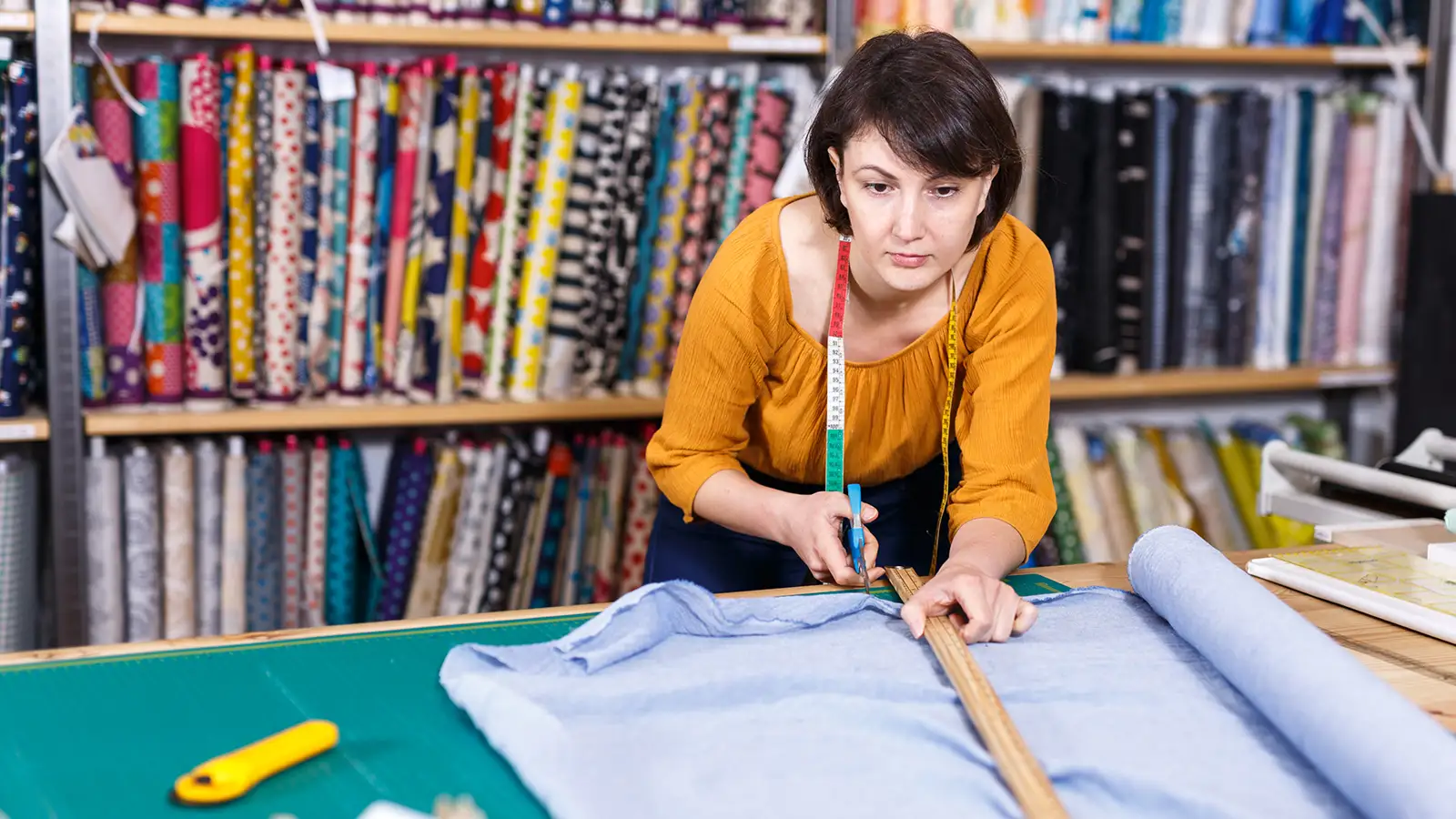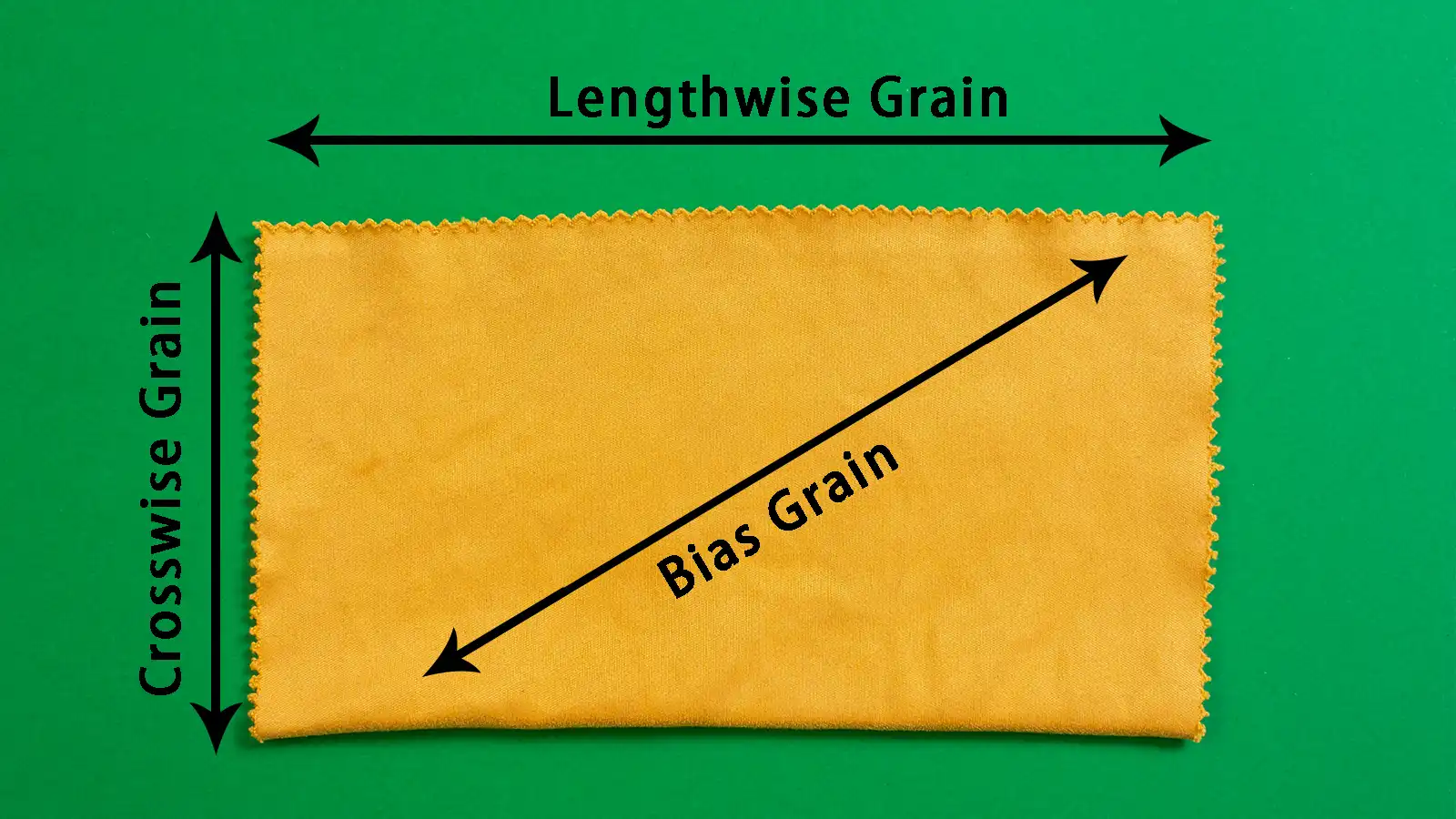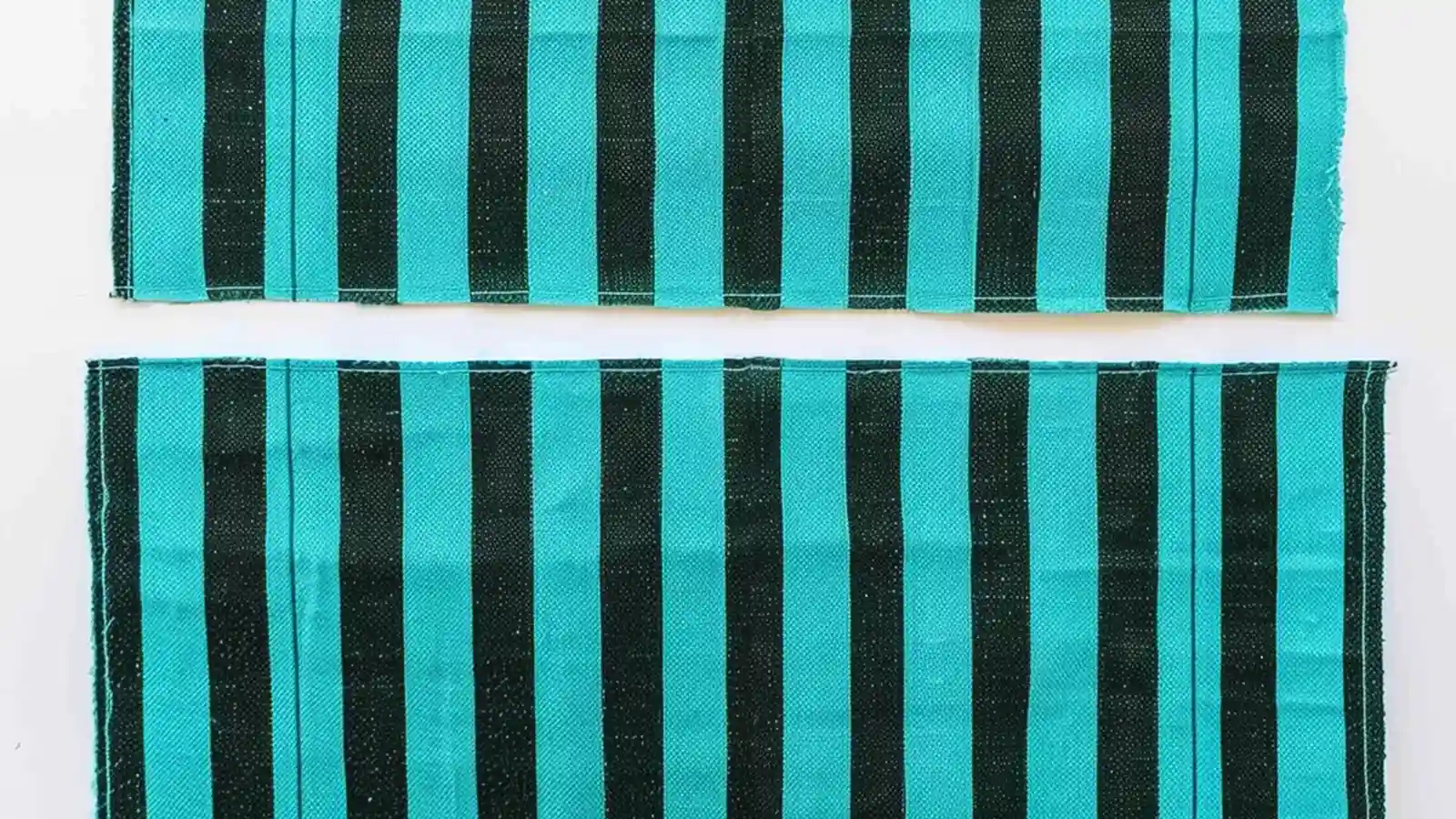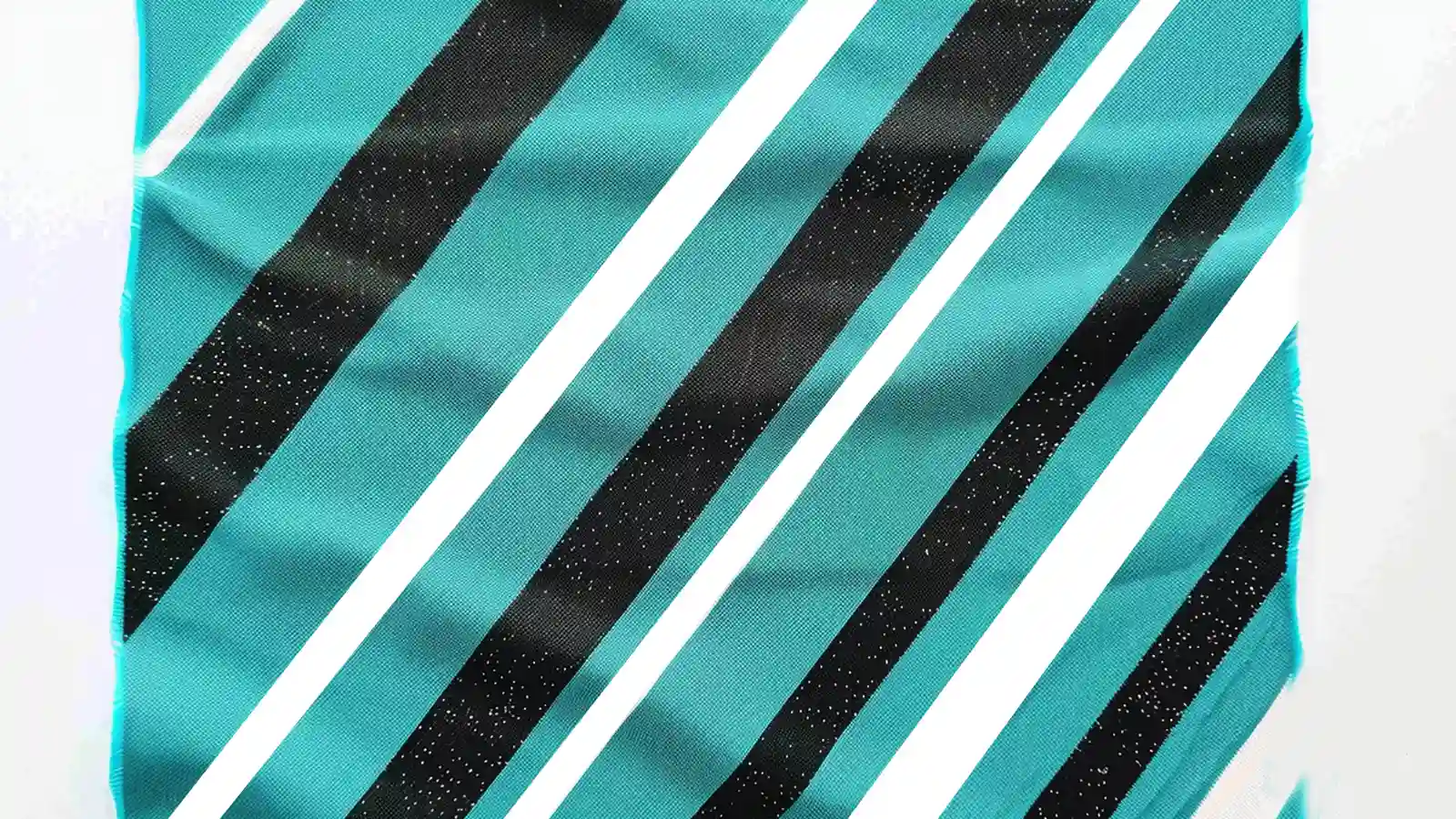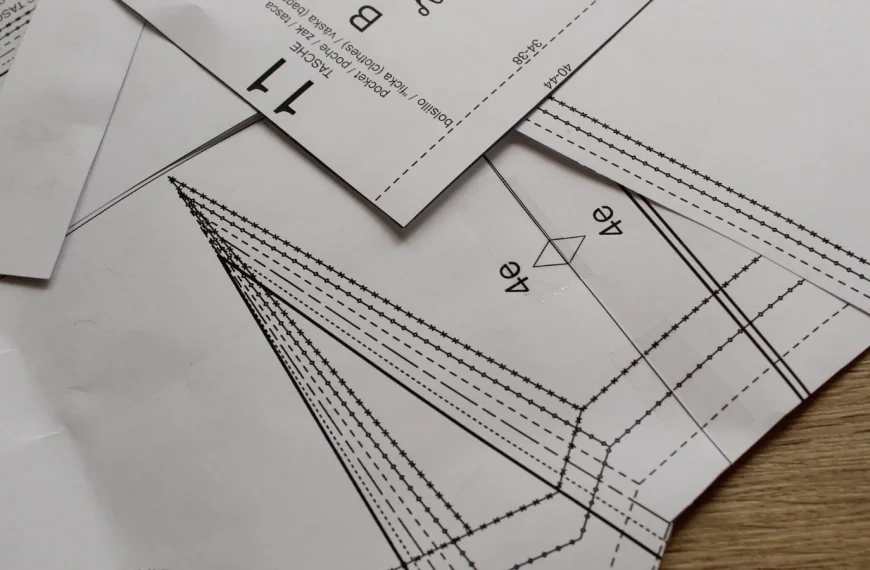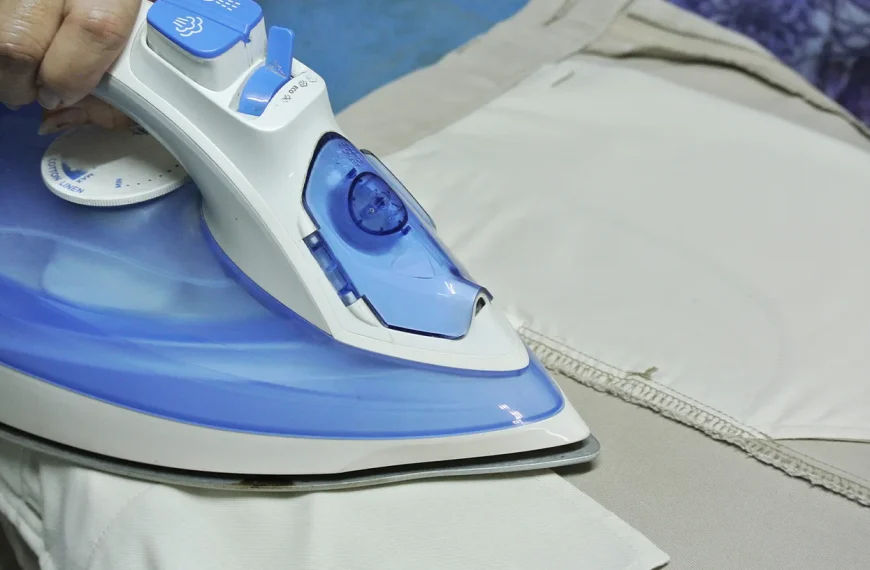Are you tired of struggling to identify the grain of fabric when working on your sewing projects? Look no further! In this article, we will guide you on how to find the grain of fabric with ease and precision.
Understanding the grain is crucial for ensuring that your seams align correctly and your project turns out beautifully. With our helpful tips and tricks, you can confidently work with any fabric and create stunning pieces that showcase your mastery of the craft. So, let’s dive in and unlock the secrets to mastering the grain of fabric!
Key Takeaways
- Identify the selvage, the tightly woven edge, to determine the direction of the lengthwise grain.
- To locate the crosswise grain, fold the fabric selvage to selvage, ensuring it’s perpendicular to the selvage.
- To find the bias grain, fold the fabric diagonally at a 45-degree angle from the selvage, maximizing stretch and flexibility.
- Use pattern markings and the fabric’s selvages as guides to align the grain line accurately, especially with knits or slippery materials.
- Measure from the selvage to confirm grainline accuracy and align pattern pieces parallel to the lengthwise grain.
Understanding the Types of Fabric Grain
To fully grasp how fabric behaves, you need to understand its grain.
Lengthwise Grain (Warp)
Understanding your fabric’s lengthwise grain (warp) ensures the stability and structure needed for your garment’s vertical elements. This grain runs parallel to the selvage edges. It acts as a backbone that provides essential support.
The warp is pivotal for those parts of your garment that need a firm foundation. It ensures your garments hang correctly and resist stretching out of shape. By aligning your sewing pattern pieces with the lengthwise grain, you set the stage for a well-fitted and professional-looking final piece.
Crosswise Grain (Weft)
The crosswise grain, also known as the weft, runs perpendicular to the selvage edge. It plays a pivotal role in fabric stability and garment fit.
The crosswise grain, in contrast to the lengthwise grain, typically exhibits more stretch. This characteristic is essential for pattern placement and cutting accuracy. It ensures your projects have the right amount of give without compromising shape.
Understanding how the crosswise grain behaves is crucial for achieving the desired fit and appearance of your sewing ventures. So, when laying out your patterns, pay close attention to this grain for optimal results.
Bias Grain
The woven fabric’s bias grain is distinguishable by its 45-degree angle to the selvage edge. This orientation provides excellent stretch and flexibility for your sewing projects. The diagonal orientation of the bias grain offers more give and adaptability than its straight-grained counterparts, making it a unique and valuable option in sewing.
Cutting your fabric on the bias is essential when aiming for garments with elegant draping or a fluid silhouette. However, this method requires some know-how to avoid unwanted stretching and distortion during the sewing process.
Step-by-Step Guide on How to Find the Grain of Fabric
You’re about to embark on the essential journey of identifying your fabric’s grain. This is a crucial step in mastering sewing and garment construction.
Step 1: Identifying the Selvage
To identify the grain of your fabric, start by locating the selvage. The selvage is the fabric’s tightly woven edge that runs parallel to the grainline. This edge is critical for identifying the straight grain’s direction.
You’ll identify the selvage by its distinct finish, which prevents fraying and often contains information like fabric type, brand, or designer. It serves as an invaluable reference point for aligning patterns accurately.
Step 2: Finding the Lengthwise Grain
To identify the lengthwise grain of a fabric, you should follow these steps:
- Identify the Selvage: The selvage is the tightly woven edge that runs along each side of the fabric. Its finished appearance usually makes it easy to identify.
- Locate the Lengthwise Grain: The lengthwise grain runs parallel to the selvage. This is the direction of the threads (warp threads) that are woven from one selvage to the other.
- Feel the Fabric: The lengthwise grain typically has less stretch than the crosswise grain. By gently pulling the fabric in different directions, you can feel which way has less give; this direction is the lengthwise grain.
Step 3: Finding the Crosswise Grain
To find the crosswise grain, you need to follow these steps:
- Identify the Selvage: Look for the tightly woven edges that run along the length of the fabric. These are usually different in texture or color, known as the selvages.
- Locate the Cut Edge: The cut edges are the edges perpendicular to the selvages. The fabric store has cut them, and they are not factory-finished.
- Determine Direction: The crosswise grain runs perpendicular to the selvage and parallel to the cut edges.
- Feel the Stretch: Often, the crosswise grain will have slightly more stretch than the lengthwise grain, especially in fabrics like cotton.
Step 4: Determining the Bias
To find the bias grain, fold the fabric diagonally, ensuring a 45-degree angle to the selvage for optimal stretch and design flexibility. This method is particularly crucial in woven fabrics, where the bias offers a unique stretch not found along the straight grain.
To create the bias grain, you align the corners to form a right triangle. It’s essential for designs requiring fluidity and a graceful drape. Cutting fabric on this bias grain takes advantage of its natural stretch, making it ideal for garments that need to mold softly around the body’s curves.
Practical Tips and Tricks
When you’re working with knits or slippery materials, finding the grain can seem like a daunting task.
If your fabric’s grain is off, don’t fret; there’s a way to straighten it out.
These practical tips and tricks will help you handle these challenges and ensure your projects turn out right.
Handling challenging fabrics (e.g., knits, slippery materials)
Working with challenging fabrics, such as knits and slippery materials, necessitates a keen eye and careful preparation to accurately determine the grainline.
Knits rely on pattern markings and selvages to accurately find the grain. Pinning along the wales can help maintain the fabric’s grainline stability, ensuring your project doesn’t stretch out of shape.
When dealing with slippery fabrics, using pattern weights or temporary fabric adhesive can secure the material in place before cutting. This method helps you cut along the grainline with precision.
Additionally, folding knits with selvages facing up and checking for wrinkles can confirm proper alignment. For slippery materials, cutting in a single layer prevents the fabric from shifting, allowing you to maintain the grainline integrity more easily.
How to straighten grains in distorted fabrics
Start by gently stretching the material along the bias to straighten the grains in distorted fabrics. This technique helps to correct any distortions caused by off-grain cuts.
While doing this, use a steam iron to press the fabric carefully. The heat and gentle tugging on the bias facilitate the realignment process.
After applying heat and pressure, fold the fabric to check if the grain has improved. Remember, some materials may resist perfect on-grain alignment due to their inherent composition or weave.
Conclusion
Now that you’ve mastered identifying the different grains in fabric, you’re ready to tackle your sewing projects with confidence.
Always check the grain before cutting to ensure your creations fit and drape beautifully.
With these tips and tricks, you’ll avoid common mistakes and achieve professional-looking results.
So, go ahead and test your new skills—your sewing projects will thank you!
Learn more sewing tips on Longancraft Blog and explore the world of fabrics on Longancraft!
FAQs
How can I find the fabric’s grainline?
You’ll start by spotting the selvage, which runs parallel to the grain. Then, look for grainline arrows in patterns. To ensure accuracy, gently pull a crosswise thread and line up your patterns with these cues for perfect alignment.
What is the grain of the fabric?
The fabric grainline is the direction in which its threads run. It’s crucial for how your projects turn out and affects fabric drape, fit, and appearance. The types include straight grain, cross grain, and bias grain. Always check it first!
How can I tell if the fabric is off-grain?
If the fabric is off-grain, you can tell by looking for curves, measuring selvage edges for unevenness, checking for uneven draping, noticing more stretch in one direction, and noticing misalignment with pattern pieces.

